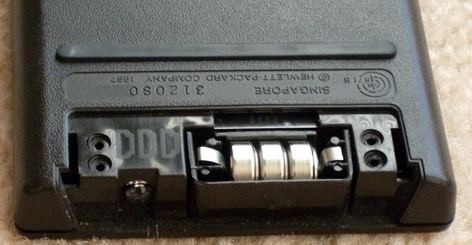Discontinued 1995 | Introduced 1988 Entry mode RPN | |
 | ||
Precision 12 display digits (15 digits internally), exponent ±499 | ||
The HP-42S is a programmable RPN Scientific hand held calculator introduced by Hewlett Packard in 1988. It has advanced functions suitable for applications in mathematics, linear algebra, statistical analysis, computer science and others.
Contents
HP-41 replacement
Perhaps the HP-42S was to be released as a replacement for the aging HP-41 series as it is designed to be compatible with all programs written for the HP-41. Since it lacked expandability, and lacked any real I/O ability, both key features of the HP-41 series, it was marketed as an HP-15C replacement.
The 42S, however, has a much smaller form factor than the 41, and features many more built-in functions, such as a matrix editor, complex number support, an equation solver, user-defined menus, and basic graphing capabilities. Additionally, it features a two-line dot matrix display, which made stack manipulation easier to understand.
Production of the 42S ended in 1995. In the HP calculator community, the 42S is famous for its high prices in online auctions, with good condition calculators typically selling at around US$400 (2016) This is nearly a four-fold increase in price over its introduction cost and has created a scarcity for utility end users. Yet, this calculator is regarded amongst the best ever made in terms of quality, key stroke feel, ease of programming, and daily usability for engineers.
HP-42S specifications
HP-42S features
Programming
The HP-42S is keystroke-programmable, meaning that it can remember and later execute sequences of keystrokes to solve particular problems of interest to the user. The HP-42S uses a superset of the HP-41CX FOCAL language (unrelated to the DEC FOCAL programming language).
The HP-42S supports indirect addressing with which it is possible to implement a Universal Turing machine and therefore the programming model of the HP-42S can be considered Turing-complete.
Sample program
This is a sample program which computes the factorial of an input integer number (ignoring the calculator's built-in factorial function). The program consumes 18 bytes. No memory registers are used.
